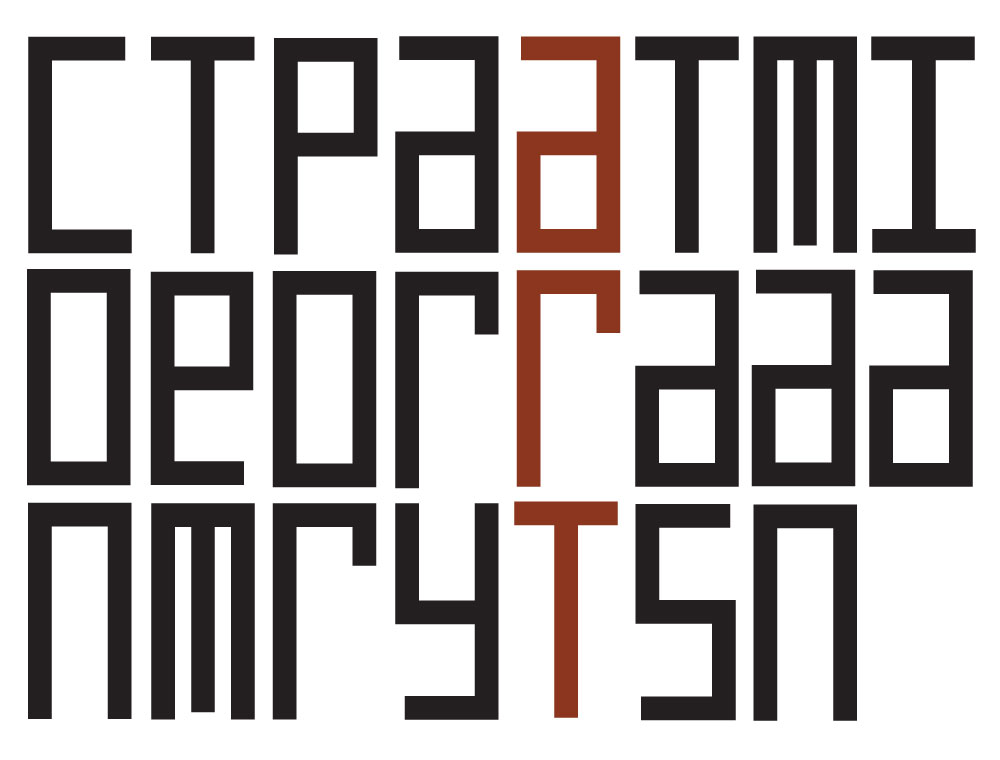Curator
FELIX RATCLIFF
Artists
ANNE MESTITZ
SHARYN WOODS
JAKE WALKER
MICK O’SHEA
KARIN LETTAU
RALF HANRIEDER
IAN FRIEND
JULIA DOWE
CONDUCTOR
Vehicle
Date: 02-Jul-2005 – 31-Jul-2005
Location: Contemporary Art Tasmania
Artists have traditionally utilised drawing for the directness and immediacy of its expression, and to make preliminary plans and designs of their work. In this exhibition, Felix Ratcliff explores how a number of contemporary artists from Ireland, Germany and New Zealand, along with Australian and Tasmanian artists, use drawing as a vehicle that transports ideas, expressions and emotions through space and time; between the artist and their work; between the work and the viewer; and, ultimately, between the artist and their audience.
In Vehicle, drawing is presented as a dynamic form of mapping, tracing and traversing space. But Ratcliff also asserts that the artists in this exhibition use drawing as a means of creating prototypes or future-oriented models of what this mapping of space might look like. In other words, these drawings both express the artists’ process of experiencing and knowing space, and also shape and alter that space by marking the artists’ movement through it.
Vehicle’s exploration of what drawing means in contemporary art demands its viewers to rethink the definition of drawing. While experienced art audiences are familiar with the idea that drawing can be an action as much as an object, the ‘general public’ may be quite surprised to discover that even one of art’s most accessible and comprehendible practices can turn out to be something other than it seems.
CURATOR’S STATEMENT:
Common to most, if not all, etymological foundations of the term ‘drawing’ is the associated existence of some form of ground or terrain; a degree of distance or volume of space through, across, and within which implied movement is not only possible, but is also preferable.
Any material artefact or dimensional depiction of such terrain or landscape (be that historical, geographical, socio-cultural or political), constitutes not simply a map of that real or imagined topography or structure, but is also a dynamic, historically emergent and future-orientated model of the same.
‘Drawing’, whether a verb/action or a noun/object, is in essence, inherently spatial. Always implied are distance, territory, and dimensions: areas, zones and sites that may be discovered, colonised, re-discovered, circumnavigated, traversed, even patrolled and defended. Such activities, however, will always require a vehicle.
